Fiber optics, renowned for its efficiency and high transmission capacity, stands as the primary choice for data transmission. The resilience of fiber optic cables to internal and external interference ensures effective data transmission. Multimode and single-mode fibers are employed for transmission based on specific communication requirements, prompting the need for fiber mode conversion, particularly multimode to single-mode fiber conversion (MMF-to-SMF conversion) in optical applications where distance is a crucial parameter. This tutorial explores three sophisticated methods facilitating mode conversion from multimode to single-mode fibers.
Understanding the necessity for such conversion requires a grasp of the distinct applications of single-mode and multimode fibers. Single-mode fiber is ideal for long-distance, high-bandwidth runs, while multimode fiber is commonly employed for shorter distances. However, intricate fiber optic networks often demand mode conversion, particularly MMF-to-SMF conversion, especially when network distances exceed multimode fiber limits or when adapting to equipment and connectivity types in the network.
Mode conversion between multimode and single-mode fibers becomes imperative when the network distance surpasses multimode fiber limits. Additionally, MMF-to-SMF conversion may be required based on the network's equipment and connectivity type. For example, legacy equipment with multimode ports connecting to single-mode equipment or a scenario where a building utilizes multimode equipment while connecting to a single-mode service provider.

Strategies for Multimode to Single-Mode Fiber Conversion
Given the universal nature of mode conversion in optical networks, three sophisticated methods are outlined for realizing multimode to single-mode fiber conversion:
1. Fiber to Fiber Media Converter for MMF-to-SMF Fiber Conversion
A fiber-to-fiber media converter facilitates multimode to single-mode fiber conversion, supporting dual fiber to single fiber conversion and wavelength conversion. This cost-effective solution extends a multimode network across single-mode fiber for distances up to 140km, catering to Gigabit Ethernet applications.
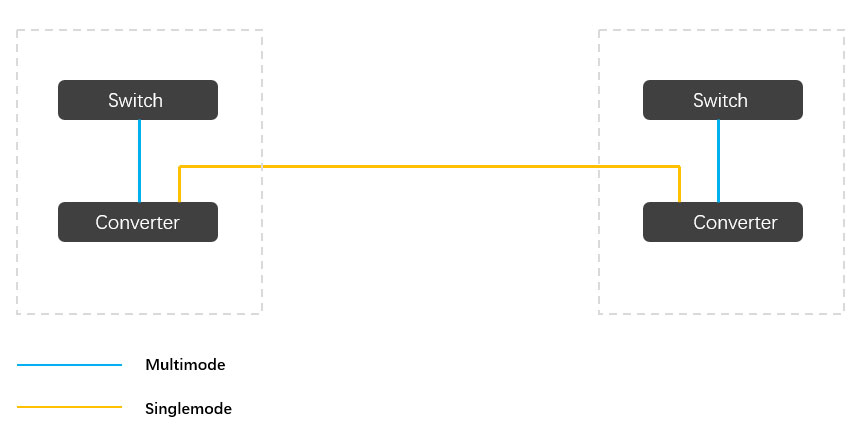
2. WDM Transponder for MMF-to-SMF Fiber Conversion
Wavelength Division Multiplexing (WDM) transponders, integral to WDM fiber systems, possess the capability to convert multimode to single-mode fiber. Especially in DWDM systems with long runs, MMF to SMF or vice versa conversions are often necessary.
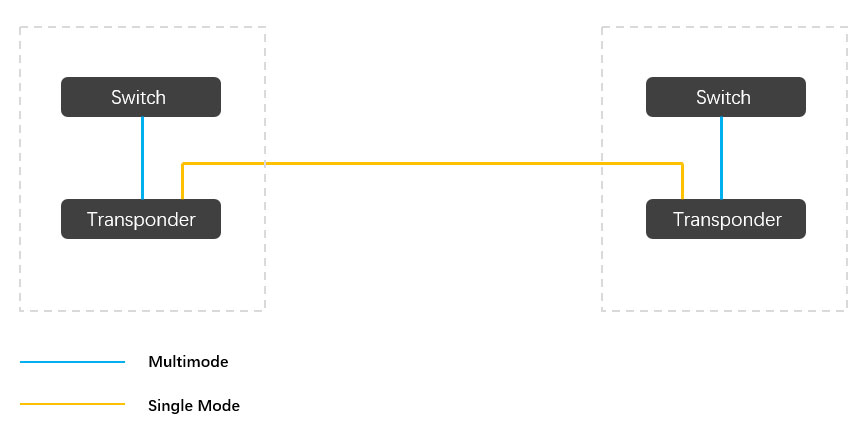
3. Mode Conditioning Patchcords for MMF-to-SMF Fiber Conversion
Differing from the aforementioned methods, mode conditioning patchcords address MMF-to-SMF conversion by launching lasers at a precise offset from the center of the multimode fiber. This reduces the impact of differential mode delay (DMD), occurring when lasers couple onto a limited number of modes in multimode fiber patch cord.
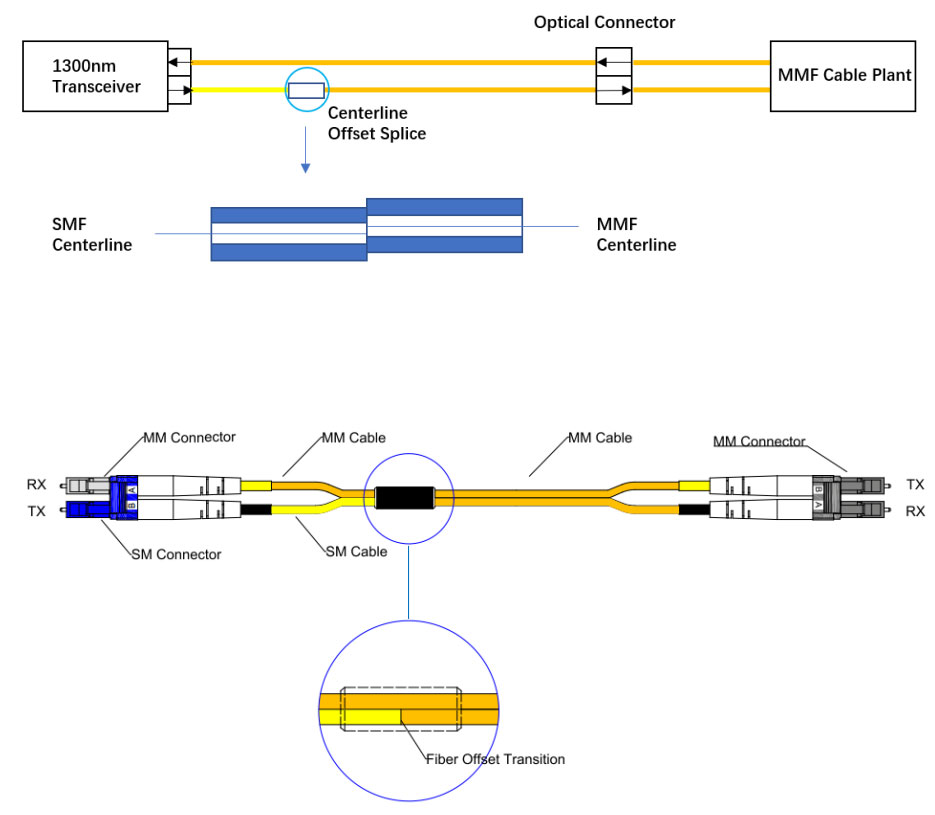
T&S Multimode to Single-Mode Conversion Solution
For a comprehensive multimode to single-mode conversion solution, T&S provides a range of options for Fast Ethernet and Gigabit Ethernet, supporting extensions up to 120 km for Metropolitan Area Network (MAN) applications. Complemented by matching SFP transceiver modules and high-quality fiber patchcords, T&S ensures a cost-effective deployment of networks.
For more detailed information, please explore our product categories or contact us at www.china-tscom.com.

 Fiber Optic Flex Circuit (FOFC)
Advanced Simulation & Optimization, High Positioning Accuracy, Flexible Customization, Rigorous Reliability Testing
Fiber Optic Flex Circuit (FOFC)
Advanced Simulation & Optimization, High Positioning Accuracy, Flexible Customization, Rigorous Reliability Testing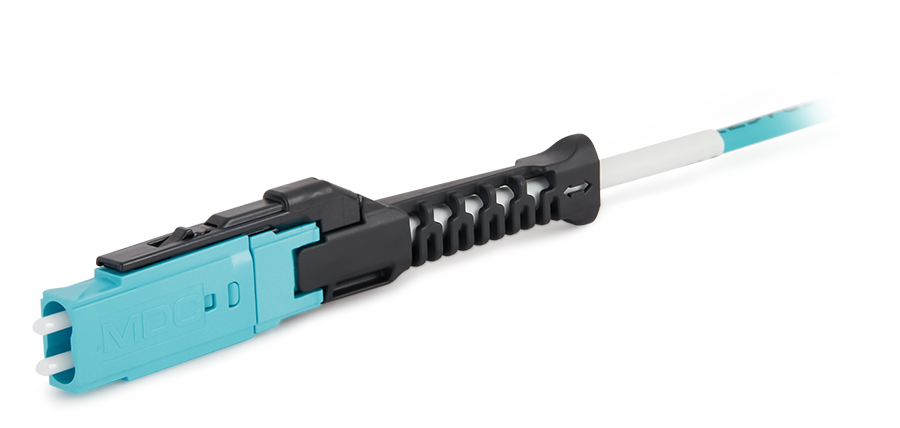 MDC Solution
US Conec's MDC connector is a Very Small Form Factor (VSFF) duplex optical connector, expertly designed for terminating single-mode and multimode fiber cables with diameters up to 2.0mm.
MDC Solution
US Conec's MDC connector is a Very Small Form Factor (VSFF) duplex optical connector, expertly designed for terminating single-mode and multimode fiber cables with diameters up to 2.0mm.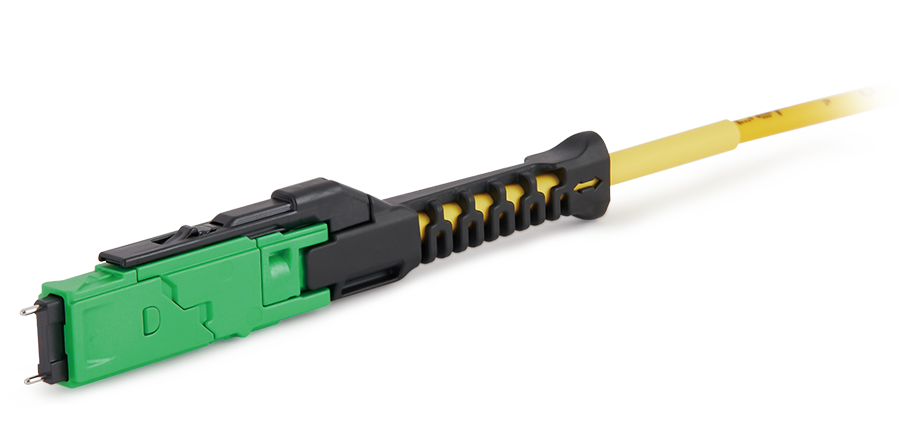 MMC Solution
US Conec's Very Small Form Factor (VSFF) multi-fiber optical connector that redefines high-density connectivity with its cutting-edge TMT ferrule technology and intuitive Direct-Conec™ push-pull boot design.
MMC Solution
US Conec's Very Small Form Factor (VSFF) multi-fiber optical connector that redefines high-density connectivity with its cutting-edge TMT ferrule technology and intuitive Direct-Conec™ push-pull boot design. EN
EN
 jp
jp  fr
fr  es
es  it
it  ru
ru  pt
pt  ar
ar  el
el  nl
nl 







_and_High-Reflection_(HR)_Optical_Coatings.webp)
